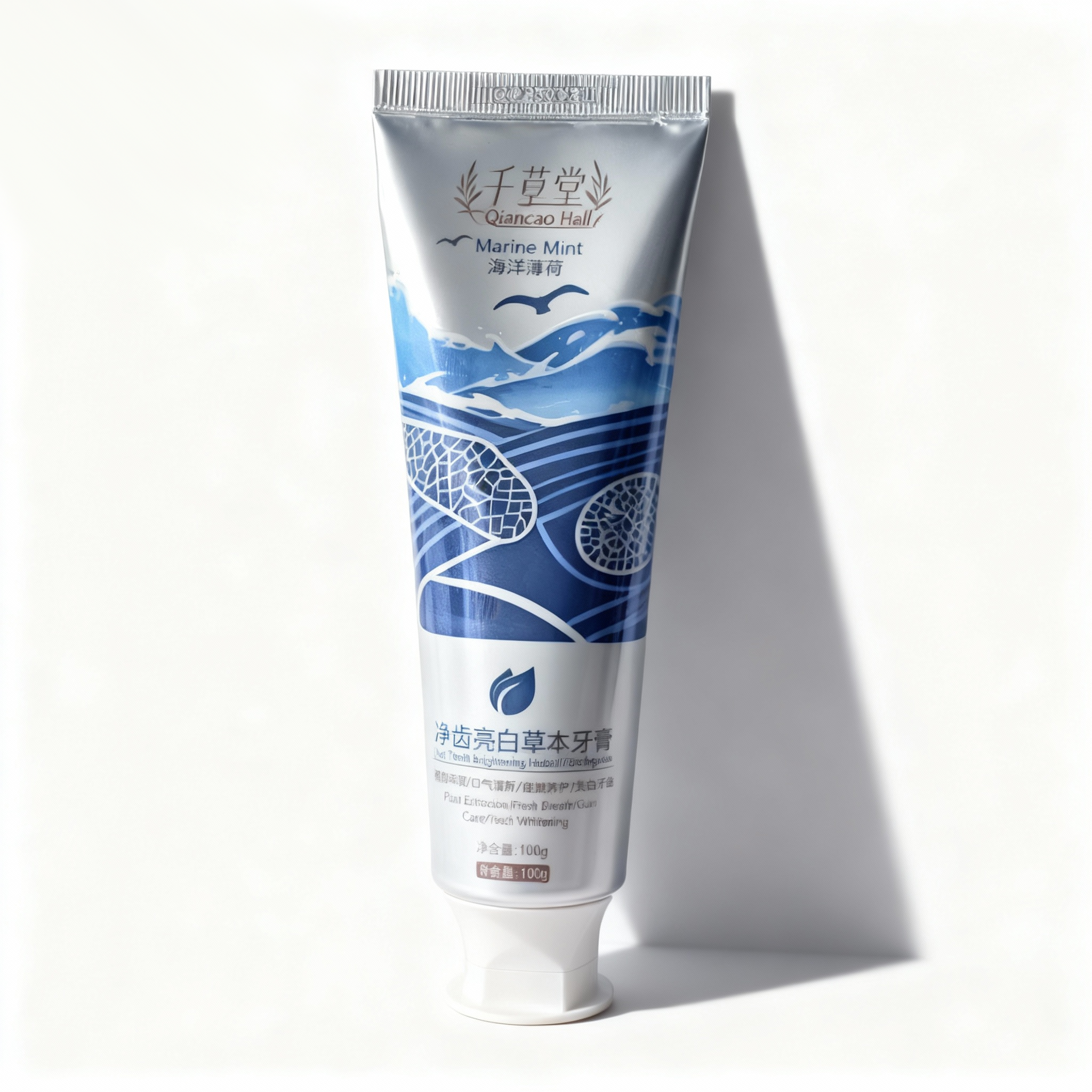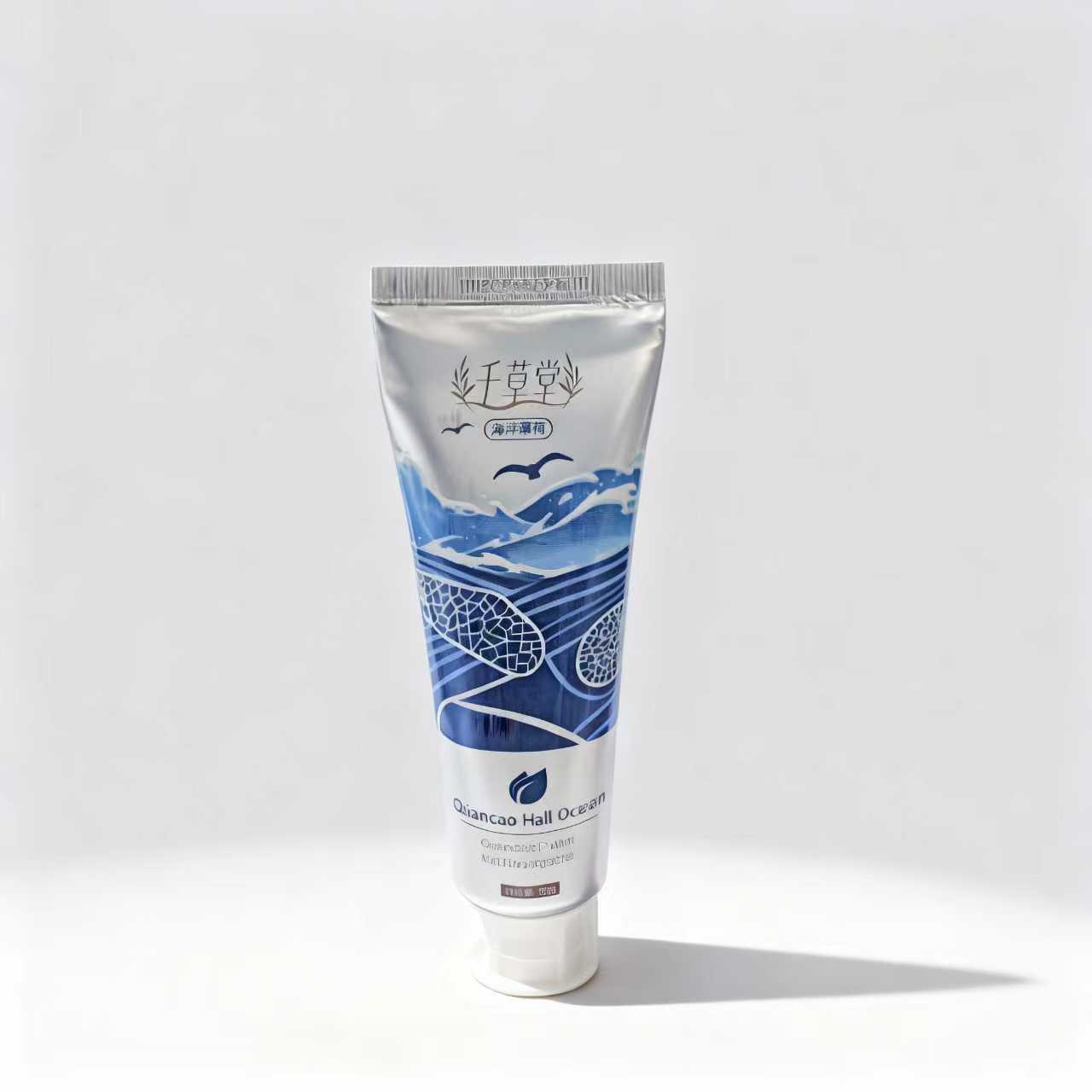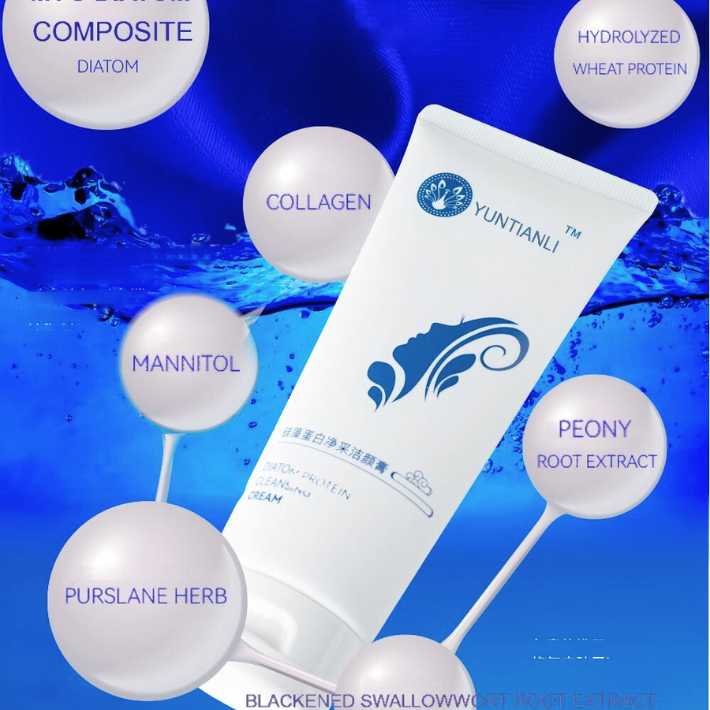
Diatom Toothpaste R&D and Formulation Design
Diatom Pretreatment and Quality Control
The pretreatment of diatomaceous earth (diatom) is a critical step in ensuring high-quality toothpaste production. According to patent and research literature, toothpaste-grade diatom undergoes three main processes:
-
Washing and Purification: Raw diatom is soaked in water for 1–2 hours and then mixed with dispersants (e.g., sodium carbonate) to form a 30% slurry. High-speed water washing separates coarse fragments, clay minerals, and enriched diatom particles. Repeated washing improves SiO₂ content to ~92% while reducing Al₂O₃ and Fe₂O₃ impurities.
-
Calcination: The purified diatom is treated with sodium hydroxide at 400–650°C to remove organic residues and metal oxides, enhancing adsorption capacity and chemical stability. This increases diatom content up to 98%.
-
Classification: Using air-classification techniques, diatom particles with a diameter of 15–20 μm are selected. This range balances effective cleaning with enamel safety.
Quality Control Standards: Toothpaste-grade diatom typically requires:
-
SiO₂ content ≥ 85%
-
Arsenic ≤ 5 mg/kg
-
Lead ≤ 4 mg/kg
-
Moisture loss ≤ 10%
-
Non-silica impurities ≤ 25%
Additionally, surface modification can convert diatom particles from negatively to positively charged, enhancing bacterial adsorption and antibacterial effects.

Formulation Design and Synergistic Technologies
A typical diatom toothpaste formulation includes:
| Ingredient Category | Weight % | Function |
|---|---|---|
| Diatom | 6–30% | Whitening, adsorption, cleaning |
| Humectants (e.g., glycerin) | 20–30% | Moisture retention |
| Abrasives (e.g., calcium carbonate) | 15–50% | Cleaning assistance |
| Surfactants | 0.1–20% | Foaming and stain removal |
| Thickeners | 0.1–50% | Paste stability |
| Sweeteners | 0.1–0.3% | Taste improvement |
| Flavor | 0.5–1.6% | Aroma |
| Deionized water | Balance | Solvent |
Key Synergistic Effects:
-
With Sodium/Phytic Acid: Diatom:sodium phytate ratio of 1.5–3:1 achieves up to 92% stain removal for tea, coffee, and nicotine stains.
-
With Coconut Shell Charcoal: Enhances adsorption and deodorization for dual whitening and fresh breath effect.
-
With Fluoride: Prolongs fluoride retention on enamel for combined whitening and anti-cavity protection.
-
With Herbal Extracts: Saponins, Panax notoginseng, and soapberry extracts improve antibacterial and anti-inflammatory effects, boosting overall cleaning efficacy.
Manufacturing Challenges and Technical Considerations:
-
Dispersibility: High-speed shear mixing at 7000–10000 rpm ensures uniform particle distribution.
-
Stability: Humectants and moisture control (aw ≤ 0.85) prevent paste separation or hardening.
-
Compatibility: Microencapsulation of fluoride avoids adsorption by diatom, maintaining bioavailability.
-
Sensory Experience: Sweeteners (e.g., xylitol) and flavoring improve taste and texture.
-
Process Parameters: Maintain 40–50°C mixing temperature, pH 5.5–7.0, and appropriate viscosity for ease of use.
Summary:
Chicaotang diatom toothpaste offers a safe and cost-effective alternative to conventional whitening agents. Compared to hydrogen peroxide, it is FDA-approved and non-irritating; compared to activated charcoal, it protects enamel; combined with hydroxyapatite, it achieves up to 92% stain removal. Formulation optimization (diatom 6–30%, synergistic agents like sodium phytate, fluoride, herbal extracts) and process control (particle size, dispersion, stability) ensure whitening, oral health, and usability for all populations.



